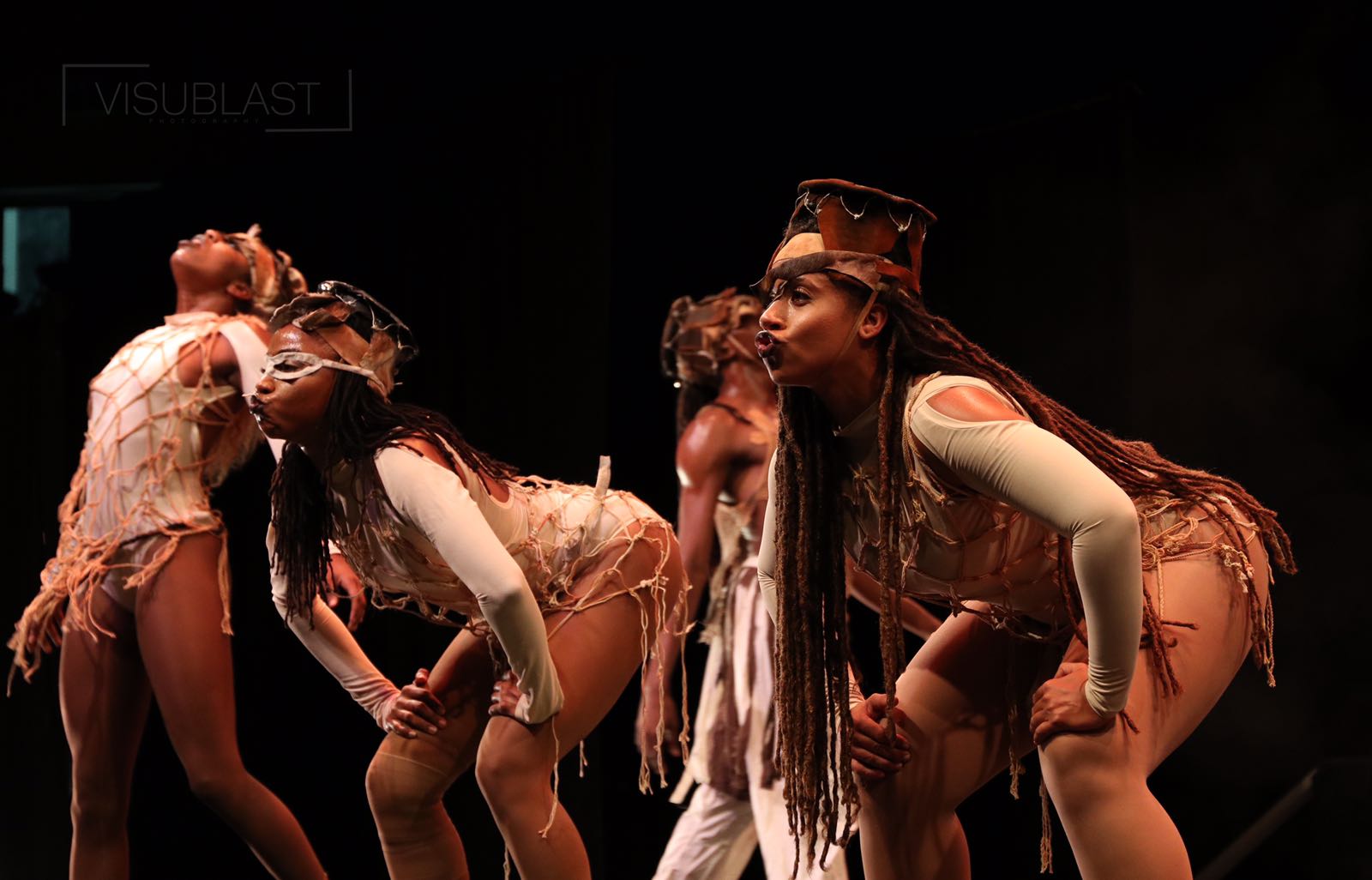
While riding the bus home from school in Jamaica one day, a 13-year-old L’Antoinette Stines noticed a studio full of dancers and became intrigued. Overcome by curiosity, she got off the bus, stood by the gate, and watched. Before long, she was using the gate as a barre and mimicking the movements of the dancers inside. One of the students noticed Stines and told the teacher, Alma Mockyen, who came outside and asked what she was doing. Stines replied that she wanted to dance but that she couldn’t ask her mother for money for class. In an act that would change the trajectory of Stines’ life forever, the teacher invited her into the studio to join the class anyway. (Stines’ mother was ultimately supportive of Stines and her dance dreams once she learned of the class.) Since that day, Stines has become a trailblazing dancer, choreographer, and educator—creating her own professional dance companies, as well as a codified dance technique that is taught in schools around the globe.
Under the tutelage of Mockyen, and former Martha Graham dancer Clive Thompson, Stines spent her early dance training immersed in classical ballet, Graham, and traditional Jamaican and other Caribbean dance forms. “I was never taught that one was better than the other, but that all were equally important,” Stines says. So when it was time for her to attend university, she made the move to New York City to live with her father and attend Queens College. The only problem? Her dad was completely against dance. “He took my leotards, tights, and pictures, and burned them,” she says. “I wasn’t allowed to go to dance class.” She had to sneak behind his back to create her own Caribbean dance group with students on campus and attend classes with Alvin Ailey American Dance Theater and Dance Theatre of Harlem. She also expanded her training to include Horton, musical theater, and jazz. “I never had the opportunity to become a clone of someone else because I was always going from school to school, studying different things.”


Eventually, Stines danced professionally with various companies around New York City, one of which had a Caribbean dance as part of its company repertoire. “They were doing a Caribbean dance, but there wasn’t any Caribbean movement in it,” Stines says. So, she offered to share her expertise on the movement with the director and nearly got fired. “I went home and was in tears.” she says. “That’s the moment my spirit decided to do something in dance that represents what came across the ocean to these islands.”
Thus began Stines’ 20-year journey to creating her own dance technique, L’Antech—a first-of-its-kind contemporary training procedure in the English-speaking Caribbean. (Simultaneous to that, she created Miami’s first Black dance company in 1978, called L’Acadco.) “I train dancers who can speak the language of classical ballet, as well as the language of Africa,” she says. “For example, they will do a passé développé while doing a Yanvalou—a step deposited into Haiti and represents the deity Dambala, which is a snake energy.” Stines’ technique represents dance forms from countries like Cuba, Jamaica, and Trinidad and Tobago. “We know who we borrow from, and we give respect to it.” She calls her work “synebridging”—that is, synergizing to bridge culture. “Whatever your nationality, you will be safe—you will feel yourself inside the spirit of it.”
In 2005, Stines went back to school in Jamaica to get her PhD from the University of the West Indies, Mona Campus, and wrote about the process of developing L’Antech. In doing so, she codified the work with six examinable levels and an identifiable naming system. The technique is now taught around the world. “I cry when I think about it,” Stines says. “Even having this conversation now is so meaningful to me. I am a very humble person doing this from my little country.”

When it comes to her immediate goals, Stines plans to host a workshop in Jamaica next August and hopes to include people from all over the world. In the long term, she dreams of opening L’Antoinette Performing Arts AKAdemie in Jamaica, as well as getting enough funding so the dancers in her company, L’Acadco, can become salaried. “Just as all professional dancers should be,” she says.





